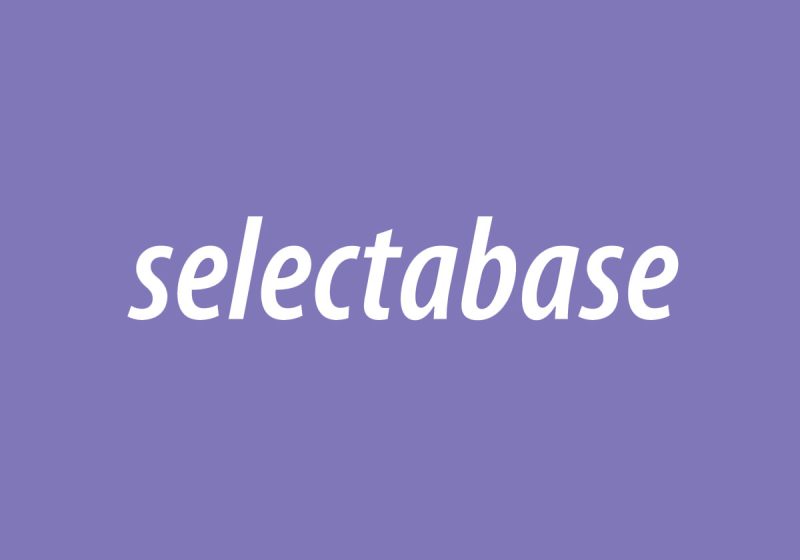The importance of colour in direct mail marketing should never be overlooked, as it’s one of the best marketing tools out there. As a form of non-verbal communication, colour can carry as much meaning as the words on your marketing materials.
The right colours can increase your response rates. As the first thing people notice, without even realising it; subconsciously, our choices are affected by the colours we notice.
Read on to find out the responses certain colours evoke and how you can use this to your advantage.

© Anke van Wyk / Shutterstock.com
Green
When people hear the word “growth”, they often picture the colour green, due to its association with nature. Green is linked to growth and longevity, so it can prove effective for direct mail about business growth, and health and safety. It has also begun to encompass recycling and environmental issues in recent years, as people become more aware of climate change, so green can be used to signify your brand’s commitment to sustainability. A soothing, calm colour, it tends to put people at ease.
Blue
The most commonly used colour for direct mail marketing is blue. According to the psychology of colour, it represents professionalism and trustworthiness. There is far more to it than that: more than 50% of people surveyed say blue is their favourite colour. Research published by YouGov reveals blue is people’s favourite colour in ten countries across four continents, so people tend to respond positively towards it.
Red
Perceived as being bold and exciting, red is also viewed as romantic — think red roses and hearts on Valentine’s Day, or red wine with a cosy meal for two. It attracts the eye more than any other colour when it pops through the letterbox. It is also known to make us feel hungry, especially when combined with yellow – think how many fast-food logos combine red and yellow. Unless you’re advertising in these categories, however, it’s best not to use red as the main colour, because it is so strong. Use it sparingly for accents and emphasis.
Yellow
Yellow is a good choice for direct mail materials when you want a feeling of optimism and happiness. This is the colour of sunshine and boosts positivity and optimism. Great for direct mail marketing when you’re sending out a short, snappy, fun press release; it suggests fun and joy. However, if it’s a more serious topic, use yellow as an accent and not the main colour, as it can become tiring to read if it’s blazing out at you for a long period.
Pink
Associated with feelings of playfulness, femininity, immaturity and love, pink is often used for marketing materials aimed at young people and women. It has a greater appeal for women than men, who can be turned off by it.
Orange
This is an interesting colour, as it can evoke feelings of adventure, creativity, happiness, success and enthusiasm. However, the tone of the colour is also important, with research showing people prefer orange tinged with yellow, rather than a bright, bold orange shade. Like other bright colours, such as red and yellow, unless you’re making a short, sharp, snappy statement, it is best used in moderation on regular mailing shots.
Purple
Purple is well-known as a regal, royal colour. It expresses nobility, power, luxury and wisdom. It is often used for more serious marketing: for example, funeral service providers tend to use purple as part of their brand. Purple is also favoured more by women than men, so if you’re trying to appeal to everyone, it’s not the best choice.
Black and white
These neutral colours are part of just about every design. However, although black can look striking, too much of it can be overpowering and make your marketing look gloomy. White is associated with purity, but it can also look cold and sterile if it’s used too much. Together, these colours can look unimaginative. For the best chances of success, use black and white with other colours, or with more vivid visual interest.
For design tips and help from the professionals to create a successful direct mail campaign, contact Selectabase. We think you’ll be glad you did!





